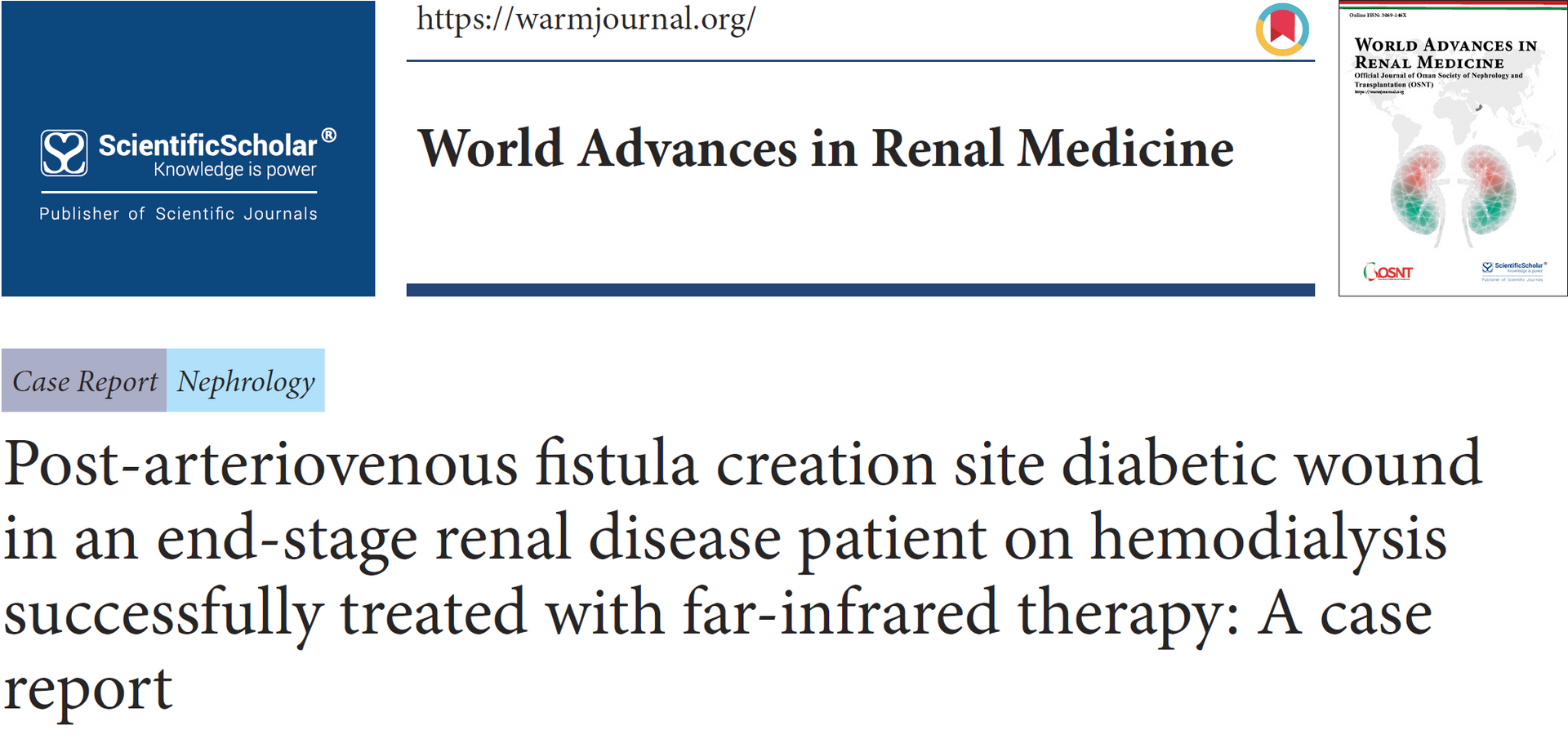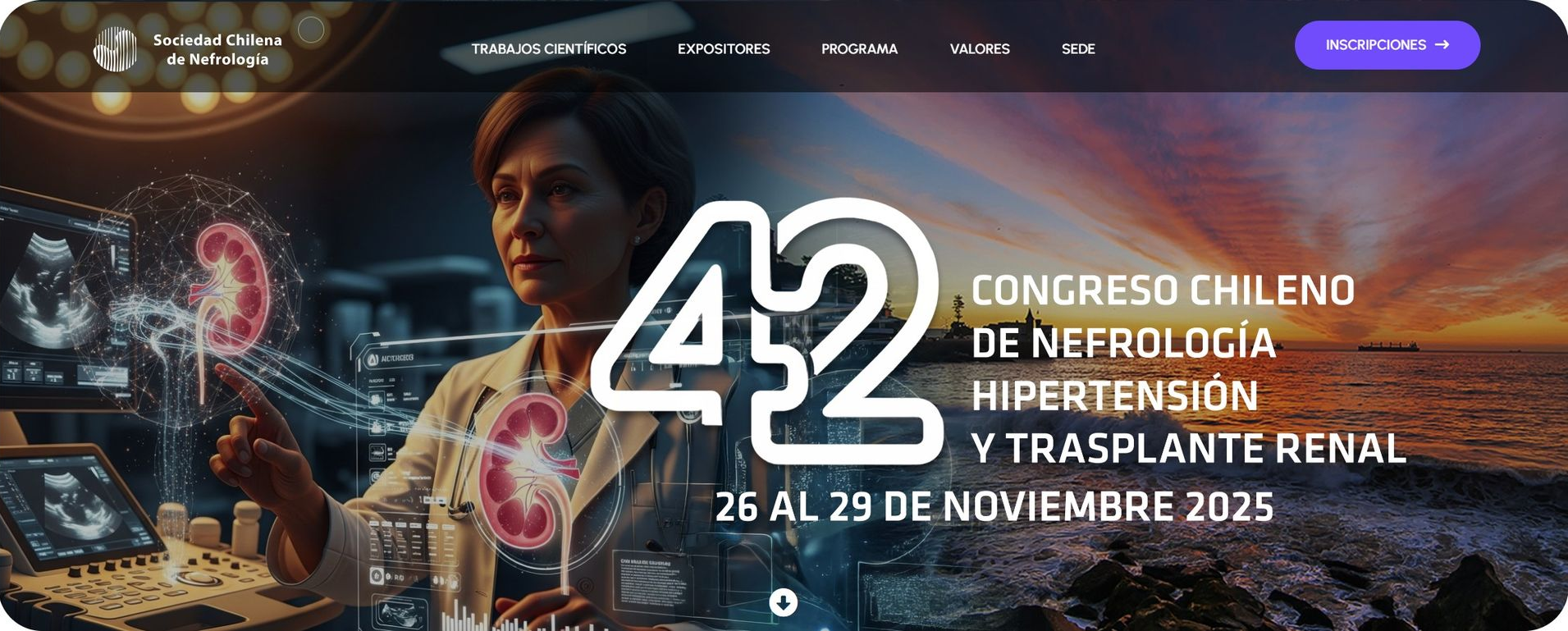Treatment of Thromboangiitis Obliterans Using Smoking Cessation and Far-infrared Therapy: A Case Study
Abstract
Thromboangiitis obliterans (Buerger’s disease) is a rare, nonatherosclerotic segmental inflammatory vasculitis that commonly involves small- and medium-sized vessels. Ischemic tenderness impairs patient quality of life and places patients at high risk for amputation. The only definitive known treatment is smoking cessation. Far-infrared (FIR) therapy has shown promising effects on blood flow and healing, but its use in patients with Buerger’s disease has not been reported.
A 31-year-old man with a 15-pack-year history of smoking, no drug abuse, and no other significant medical history, trauma, or family history diagnosed with thromboangiitis obliterans presented for care at the authors’ clinic. Claudication with severe tenderness of both legs and an ischemic ulcer over the right big toe were noted. After surgical debridement of the devitalized tissue, the patient received FIR therapy (5–25 μm, peak at 8.2 μm) applied 25 cm above the surface of the ischemic wound for 40 minutes, 3 times per week. The patient also tapered his smoking. The wound started to heal; granulation tissue was evident and, after 8 weeks, the right lower extremities gradually rewarmed from 24˚ C to 28˚ C as measured on the dorsal foot. His pain level decreased from 8 to 5. FIR therapy was continued until the patient stopped smoking (8 months). At the 10-month follow-up visit, the wound had healed completely and resting pain had improved. The results of this case study suggest additional research to explore the potential effects of FIR on patients with thromboangiitis obliterans is warranted.
Thromboangiitis obliterans (TAO), also known as Buerger’s disease, is a nonatherosclerotic segmental inflammatory disease of the small- and medium-sized arteries and veins of the extremities. It typically occurs in young males and smokers, with onset of symptoms before the age of 40 to 45 years. The prevalence of this disease varies widely, ranging from as low as 0.5% to 5.6% in Western Europe to as high as 45% to 63% in India and 16% to 66% in Korea and Japan. TAO may present initially as episodic pain and coldness in the extremity. As the disease progresses, intermittent claudication, pain at rest, ischemic ulcerations, and gangrene of the critical limb can develop, which can lead to eventual amputation.
Smoking cessation is the only known definitive therapy for the management of TAO. The effectiveness of other treatments including vasodilation or anti-clotting drugs, surgical revascularization, or sympathectomy in preventing amputation or treating pain remains to be determined.
Far-infrared (FIR) therapy is an invisible electromagnetic wave with a longer wave length (3 to 1000 μm) than that of visible light. In a systemic review by Bashar et al which included 4 randomized, controlled trials (666 patients), FIR therapy improved endothelial function and hemodynamics in coronary arteries by upregulating endothelial nitric oxide synthase expression in the arterial endothelium, stimulating secretion of transforming growth factor-beta (TGF-beta) and activation of fibroblasts to improve wound healing independent of skin blood flow and skin temperature and improving the patency of arteriovenous fistula. In a randomized, controlled study by Lin et al (122 patients), FIR therapy improved the access flow, maturation, and patency of arteriovenous fistulae as measured by Doppler
ultrasonography. In an animal study, FIR therapy promoted angiogenesis in ischemia-induced diabetic mice by enhancing endothelial progenitor cell function and the homing process. In the clinical evaluation and laboratory study by Li et al, a total of 32 patients affected by stage II and stage III lymphedema were treated with FIR therapy. A significant decrease in limb circumference was noted; microcirculation flow was promoted and collateral lymph circumfluence was improved without significant adverse events. Nevertheless, no report has been published about the use of adjunctive FIR therapy in a wound caused by TAO. This is a report of a patient with TAO with an ischemic ulcer over his right big toe and claudication of both legs successfully treated with smoking cessation and FIR therapy.
-Ostomy Wound Manage 2017 Jul;63(7):20-23.
Want to know more?
Contact us for more detail





